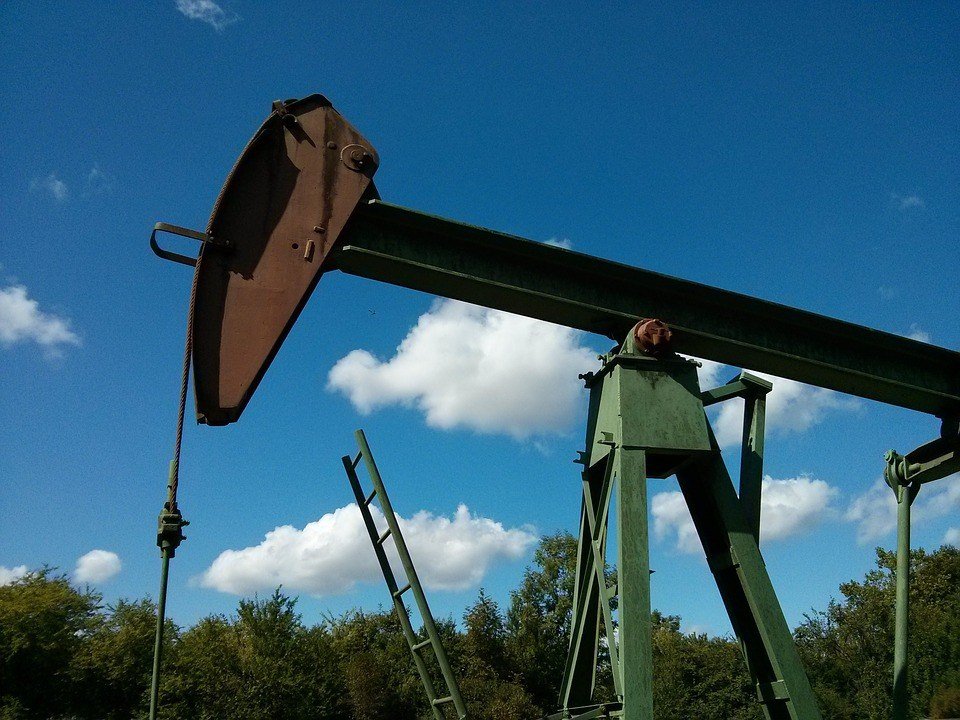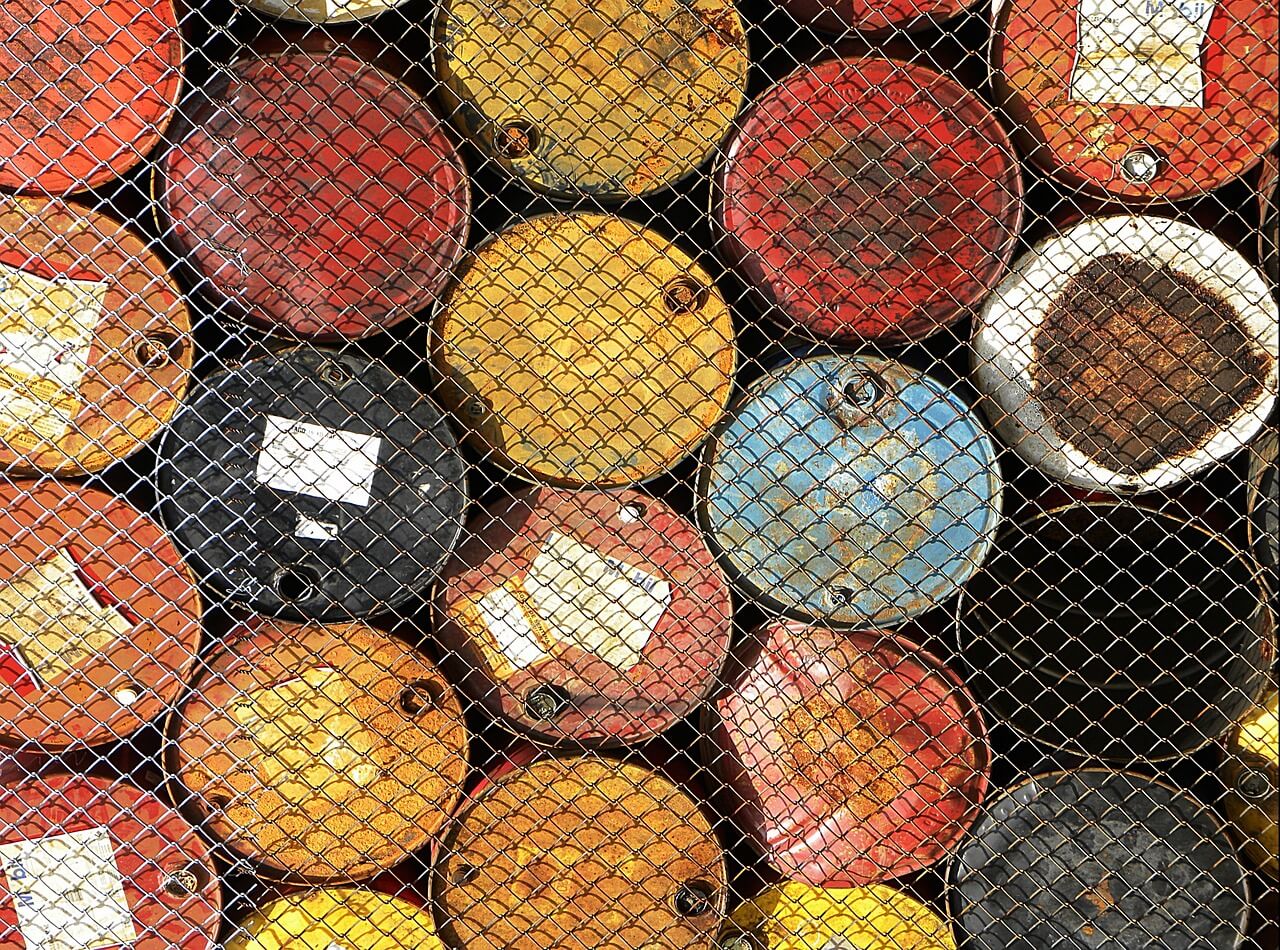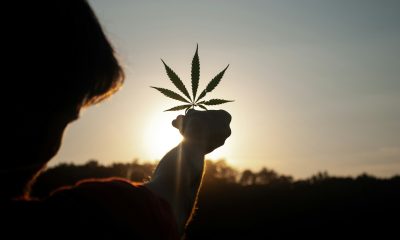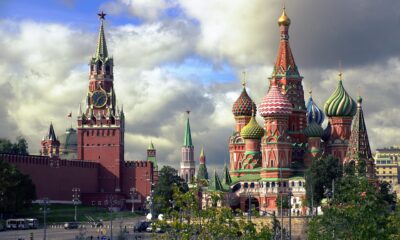Featured
Crude oil prices fluctuate as OPEC meeting approaches
The U.S. also requested some OPEC members to increase their daily output.

Prices of crude oil have been on the move these past few days as the world anticipates for the meeting of members of the Organization of Petroleum Exporting Countries (OPEC) scheduled on June 22.
In an article from The Economic Times last June 1, oil prices dropped on May 28 and reached $75 per barrel, its lowest in three weeks. The news came following the discussion of OPEC and non-OPEC allies such as Russia about a possible adjustment in their agreement of raising the production by 1 million barrels per day and about the tariffs imposed by the U.S. and their effect on the production of Iran.
After the said decline, Brent crude’s price bounced back when it traded at approximately $77. But despite such improvement, investors kept their guard up while waiting for the meeting. Then, Brent crude futures experienced a decrease, losing 31 cents and reaching $77.41 per barrel. On the other hand, the price of U.S. West Texas Intermediate crude also lost 39 cents, arriving at $67.82 per barrel.
Bharne Schieldrop, the chief commodities analyst of SEB, stated, “If this is a real correction, then the price should get down to the low $70s or even the mid-$60s. The market needs to be cautious ahead of the Opec meeting.”
Stabilizing oil price
On June 5, Platts reported that crude oil futures have maintained their levels while trading in Asia last Wednesday, with the August ICE Brent Crude futures staying at Tuesday’s levels of $75.40 per barrel. However, the July NYMEX light sweet crude contract received a boost worth 15 cents per barrel and settled at $65.68 per barrel.

While the August ICE Brent Crude futures stabilized, the July NYMEX light sweet crude gained an additional 15 cents. (Source)
Additionally, data from the American Petroleum Institute (API), released on Tuesday, indicated that crude stocks in the U.S. lost 2.03 million barrels on the week of May 28 to June 1, surpassing analysts’ expectation of a 1.3 million barrel loss. Meanwhile, gasoline stocks defied expectations when they added 3.76 million barrels, with S&P Global Platts analysts predicting the stocks losing 1.3 million barrels.
According to Pan Jingyi, an IG market strategist, the report from API concerning the reduction in the crude inventory contributed to the outcome in oil prices.
Asking for more output
The U.S. government approached some OPEC members, including Saudi Arabia, if they could add 1 million more barrels for their daily oil production after experiencing an increase in the retail prices of gasoline and the numbers reaching a three-year high, per Bloomberg.
Aside from the said upsurge, President Donald Trump’s grievances about OPEC’s policy and oil prices via Twitter prompted Washington to make such a request. Furthermore, the news agency wrote that according to unnamed sources, it was an unusual instance for the Trump government to ask for an increase in the production since its legislators are critics of OPEC when there were hikes in oil prices.
In his tweet last April, the controversial figure wrote, “Looks like OPEC is at it again. With record amounts of Oil all over the place, including the fully loaded ships at sea, Oil prices are artificially Very High! No good and will not be accepted!”
Meeting for the production increase
This past Saturday, a few oil ministers met in Kuwait City to discuss the increase in output. A statement released after the meeting detailed that the ministers will “ensure stable oil supplies are made available in a timely manner to meet growing demand and offset declines in some parts of the world.”
However, a separate Bloomberg article reported that more investments should be made. The statement detailed that “healthy market conditions that stimulate adequate investments in the energy sector” are required to keep the oil supplies in stable levels.

-

 Africa2 weeks ago
Africa2 weeks agoOil Dependence and Economic Resilience: Morocco’s Path to Sustainable Growth
-

 Africa6 days ago
Africa6 days agoBantuHub and L’Archer Group Partner to Invest €1 Million in Congolese Startups
-

 Markets2 weeks ago
Markets2 weeks ago2025 Chaos, Concentration, and the Road to 2026
-

 Business2 days ago
Business2 days agoThe TopRanked.io Weekly Digest: What’s Hot in Affiliate Marketing [Super Partners Review]























You must be logged in to post a comment Login